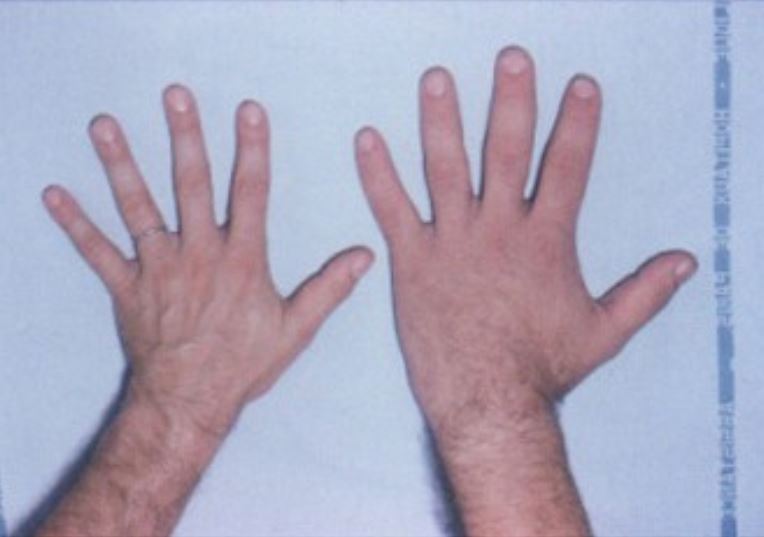Playlist
Show Playlist
Hide Playlist
Summary: Pituitary Hormone Excess
-
Slides 01-02-01 Adrenal Pituitary.pdf
-
Reference List Endocrinology.pdf
-
Reference List Pituitary and Hypothalamic Disorders.pdf
-
Download Lecture Overview
00:01 Let's summarize what we learned from the previous four cases and compare and contrast the different conditions causing hormone excess from the anterior pituitary. 00:11 First of all, ACTH. 00:13 The clinical syndrome consists of moon faces, centripetal obesity, the presence of striae, diabetes, and hypertension. 00:21 This is Cushing disease most likely caused by ACTH-secreting pituitary adenoma. 00:27 The best tests to order here are a 24-hour urine cortisol, a dexamethasone suppression test, a midnight salivary cortisol level, and a serum ACTH level. 00:40 For TSH, these patients present with goiters and hyperthyroidism, and under these circumstances, a TSH-secreting pituitary adenoma should be ruled out. 00:50 Under these circumstances, the TSH is usually normal or elevated, and an increased T4 can be found as well. 00:58 Excess growth hormone release from the anterior pituitary presents with acromegaly. 01:03 This manifests as increased spacing between the teeth of the lower jaw, enlarged hands, feet, head, and tongue. 01:12 Here, the best test to order is IGF-1 level, check to screen, and then an oral glucose tolerance test is used to confirm the diagnosis. 01:22 Prolactin will produce galactorrhea and amenhorrhea. 01:26 The clinical condition is usually a prolactinoma, and here, the best test to order is a serum prolactin level.
About the Lecture
The lecture Summary: Pituitary Hormone Excess by Michael Lazarus, MD is from the course Pituitary and Hypothalamic Disorders.
Included Quiz Questions
Which of the following conditions is most likely to result from a TSH-secreting pituitary adenoma?
- Goiter and hyperthyroidism
- Goiter and hypothyroidism
- Goiter and hyperparathyroidism
- Hyperparathyroidism and hyperthyroidism
- Hypoparathyroidism and hypothyroidism
Customer reviews
5,0 of 5 stars
| 5 Stars |
|
5 |
| 4 Stars |
|
0 |
| 3 Stars |
|
0 |
| 2 Stars |
|
0 |
| 1 Star |
|
0 |





